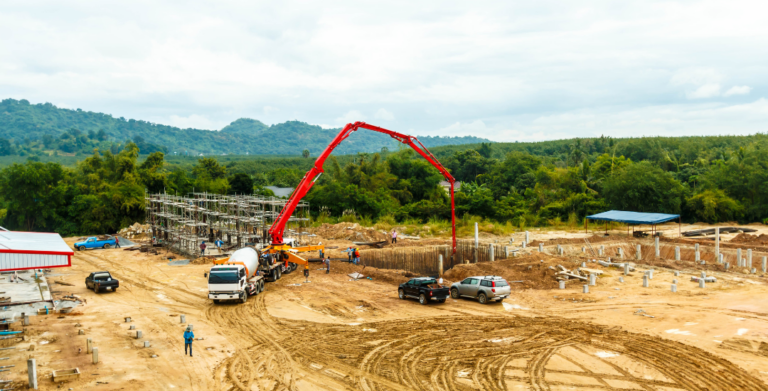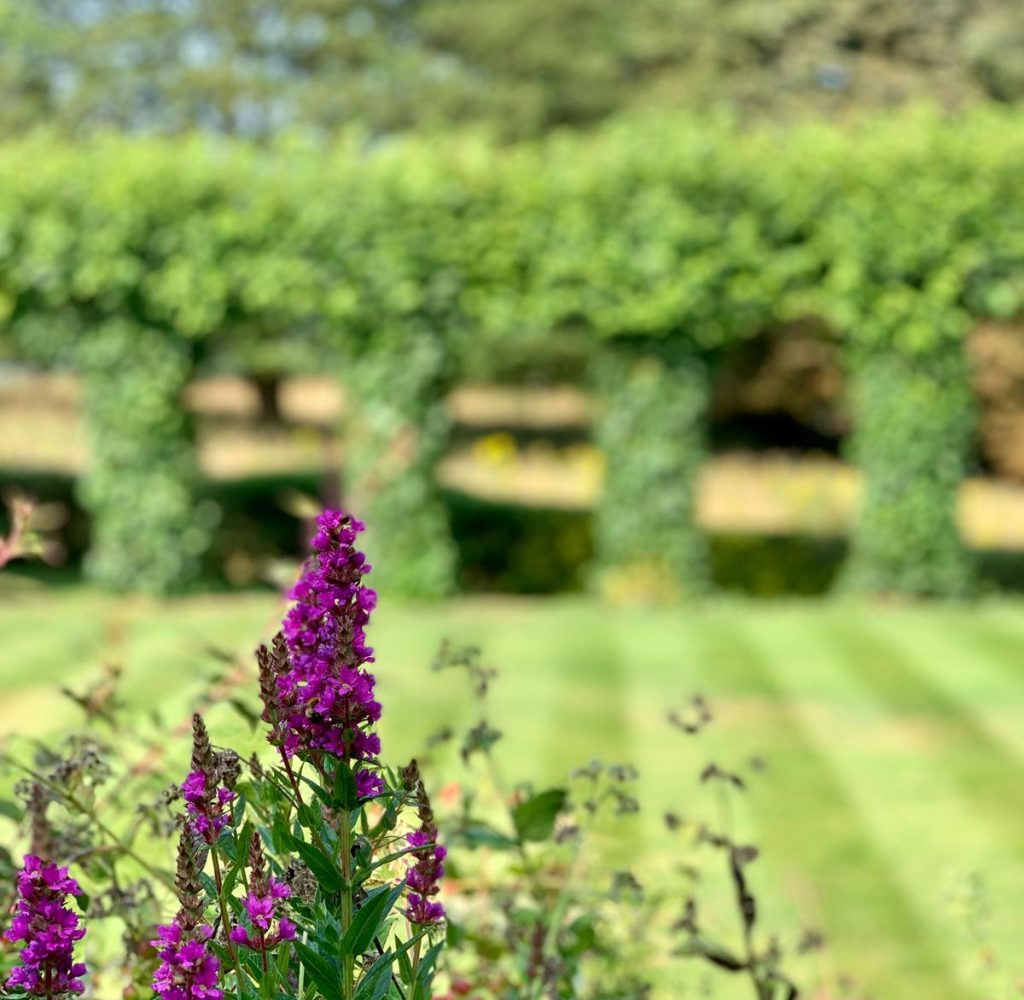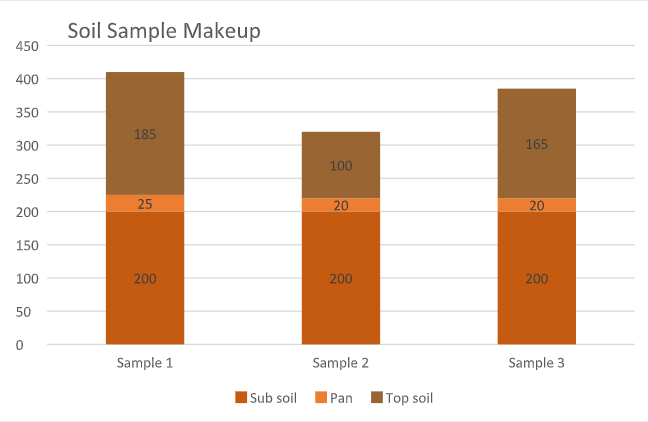What causes Soil Compaction?
Soil compaction can be caused by a number of factors. Including machines such as diggers compacting the soil, it can occur naturally, and even prolonged foot traffic can compact soil. The NHBC have a designated standard for new build in relation to the top and sub-soil depths and level of compaction.
We are unfortunately seeing more cases where these recommendations are not being followed and gardens are left in a very poor state.
As such we can provide soil analysis. Which can include a full chemical analysis at our laboratory along with expert onsite analysis by our soil surveyors. With in excess of 20 years of experience we can certainly help you!


Case Study
To the right there are some examples of soil samples:
Background – A new build house, in Reading near London, the client had lived there since last August. The grass was not of good quality and he overseeded it to try to improve the overall appearance. In the autumn he noticed pooling when it rained, and this would last for days and sometimes up to two weeks when it rained consistently.
The Problem – The client had pooling of water in one particular part of the garden after it rained. The grass was particularly poor and sparse within this area.
Observation – Where we took samples 1 and 3 there was a good depth of topsoil, this was a clay based topsoil but it was friable and had good amount of organic content.
When taking each sample, we came across a hard “pan” layer just below the topsoil. In sample two this was particularly difficulty to break through and was very dense.
The grass was growing well, and we observed no standing water from where we took samples 1 and 3. However the grass was poor showing yellowing and there were signs of standing water in area 2 where we took sample 2 from.
The Subsoil was clay based and had small stone averaging up to 40mm in diameter contained within it. This was relatively compact and showed no sign of been broken up to improve percolation of rainwater through the soil layers.
We observed that although the contractor had not broken up the subsoil and had potentially created the pan by driving diggers over it, pooling of water was not an issue where there was a greater depth of topsoil. This meant that within these areas the water had enough space to be displaced and not cause pooling. However, where there was the minimum 100mm of topsoil this depth was not sufficient to allow the rain to be displaced throughout the soil before it started to create puddles on the surface.
The pooling of water caused the rotting of the grass roots a Nitrogen deficiency and water logging of the soil.
What are the signs?
To answer this question, we would normally carry out a site survey. This will include digging small holes that are from 200mm to 500mm deep, deeper holes are sometimes necessary. By looking at the soil we can identify its type and degree of compaction.
Different soils have different porosity rates. As such some soils such as clay-based soils will decrease water absorption. Whereas sand-based soils will improve the percolation of water down through the layers of soil.
As a minimum there should be 100mm of good quality topsoil and the next 200mm of subsoil should have been broken up mechanically to ensure good drainage.
There are times that contractors have not broken up the sub-soil and have either not used topsoil or used topsoil that is not to the BS3882:2015 Standard.

Suggested solutions:
In area 2 which measured approximately 35m2 we set out three recommendations, based on the minimum requirement to best solution.
Solution 1 – Land drains were to be inserted at 1m centres this would lead to an area of the garden that dropped off and this would remove surplus water.
The land drains would be created by digging trenches that were 400mm deep. We would then place 50mm of gravel in the bottom of these. The pipe would be a 100mm perforated pipe and this would be covered by gravel with a minimum covering of 50mm on top of this pipe. Topsoil would then be placed on top with a minimum depth of 100mm ideally 150 – 200mm.
Turf would then be laid over these pipes.
Solution 2 – The 35m2 (the area affected) would be excavated down by a minimum of 100mm removing the topsoil. The next 200mm would then be mechanically broken up.
Land drains would then be inserted as above and new topsoil to a minimum depth of 100mm would be laid over the entire area.
Finally new turf would be laid following best practice.
Solution 3 – The entire area would be excavated down to a depth of 300mm. Land drains would be then inserted as per solution 1. We would then back fill with high quality topsoil giving a minimum depth of 300mm of topsoil.
The area would then be re-turfed solving the problem.
How can we help you with Soil Compaction?
The first step is for you to ring or email us, we can then discuss the issue and see if we can help you.
The second step would be for us to come out and conduct a soil investigation survey. This will involve us taking samples, pictures and writing a report. Within this report there would be suggested solutions and we can provide estimates for the costings of these solutions. If you have any questions with regards Soil compaction and its affects, please do get in contact.
